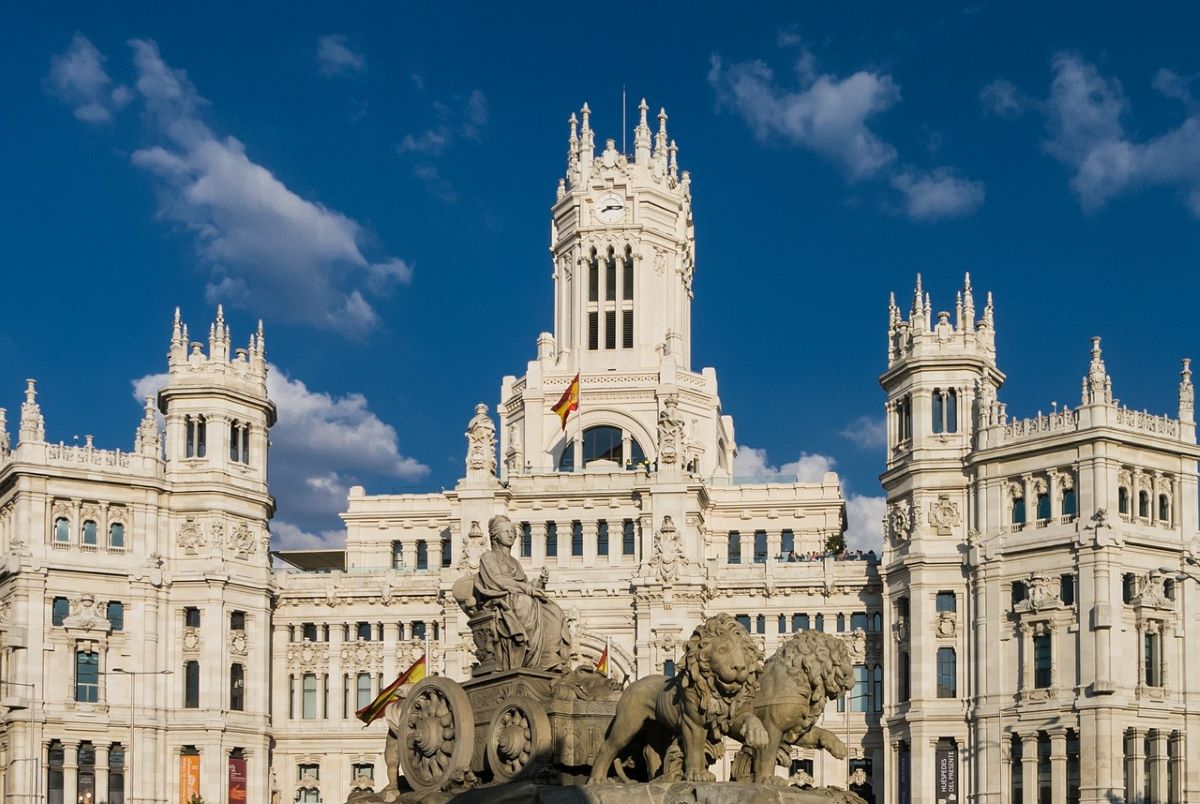
Image | Pixabay
The capital of Spain has as many facets as there are neighborhoods. Each one of them shows a different face of Madrid to fall in love with. Neighborhoods to enjoy old and traditional Madrid, elegant and distinguished neighborhoods, multicultural, hipster and cosmopolitan neighborhoods.
Lavapies
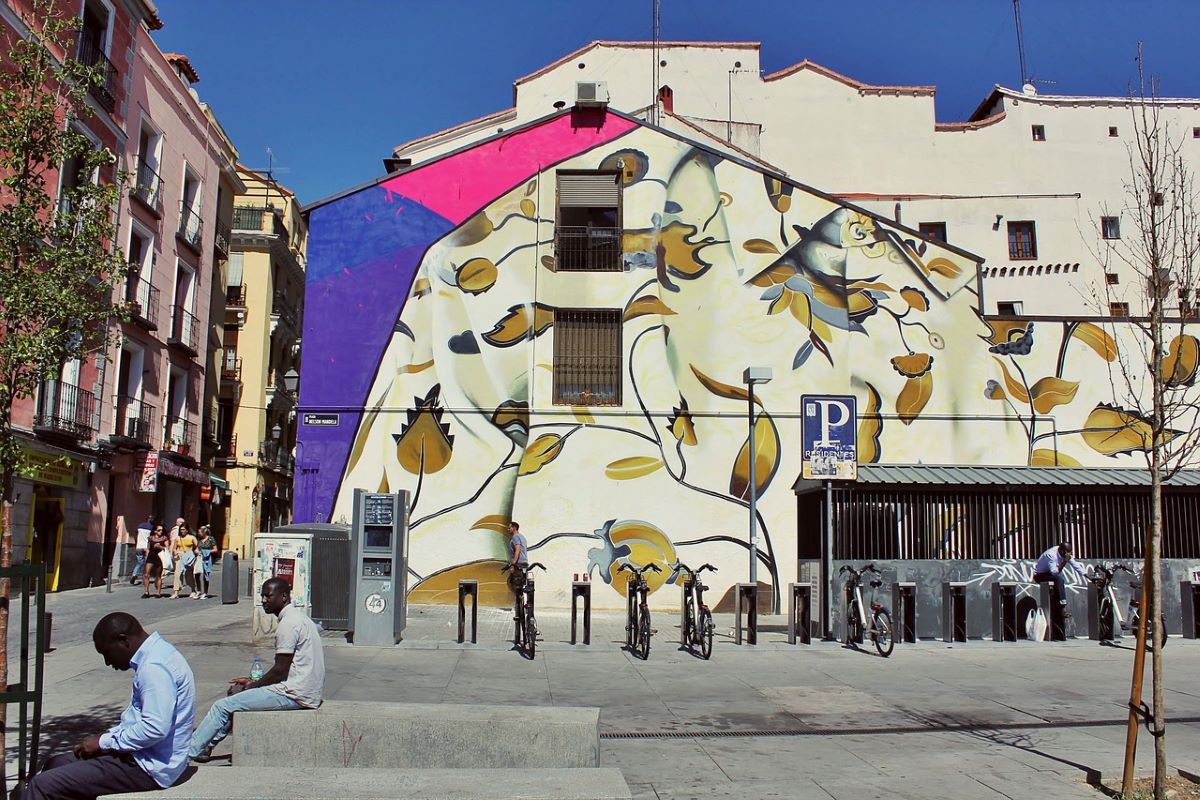
Image | Pixabay
For centuries, Lavapiés was inhabited mainly by the popular classes of Madrid. Its steep, narrow streets with an irregular pattern retain their medieval origin as a suburb that extended outside the walls of the citadel when Madrid became the capital of Spain in 1561.
This gave rise to buildings of a singular appearance: those known as corralas, that is, houses of various heights built around a central patio, the best example of which can be found at the confluence of Mesón de Paredes and Tribulete streets.
Currently, Lavapiés is a multicultural neighborhood where more than a hundred different nationalities coexist. Exotic gastronomies, diverse religious temples, art galleries, live music bars, theater studios ...
The Lavapiés neighborhood is synonymous with art and offers a wide range of cultural and leisure activities a stone's throw from the center. Its great exponents are the Valle Inclán Theater or the Pavón Theater (Kamikaze), the old Cine Doré movie theater, the Reina Sofía Museum or the La Casa Encendida social and cultural center.
Chueca
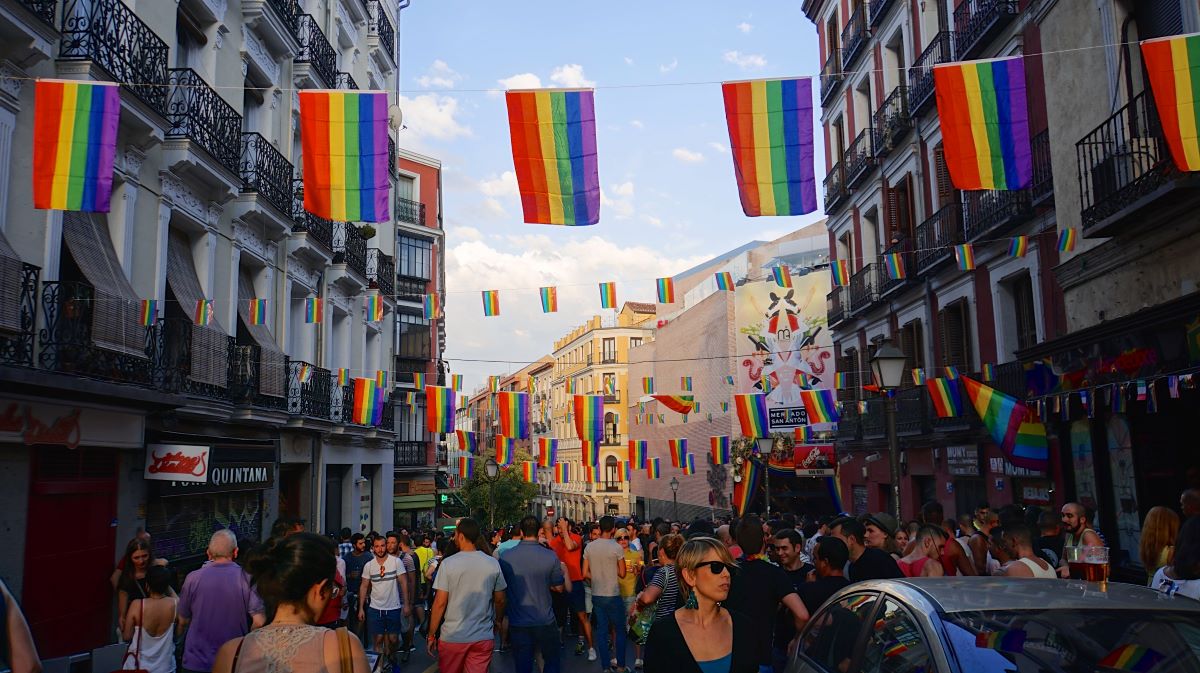
Image | Wikipedia
The gay neighborhood is the liveliest in Madrid. Walking through Chueca you will find a great variety of hostels, designer shops, food and lots of parties. It covers the emblematic streets of Barquillo, Hortaleza and Fuencarral.
The epicenter of this neighborhood of Madrid is La Plaza de Chueca named after Federico Chueca, a famous Spanish composer of zarzuelas from the XNUMXth century and author of the popular The Gran Vía y Water, sugar and brandy.
In Chueca it has become fashionable to revitalize old markets to turn them into meeting spaces where not only products are served for traditional shopping but also food is tasted and there are show-cooking shows. Also from its rooftops you can have a drink in good company with views of the neighborhood. Some examples of this are the Mercado de San Antón or the Mercado de Barceló.
It is also a neighborhood full of culture. Proof of this are the Museum of Romanticism or the Museum of History of Madrid. On the other hand, Chueca is recognized for being one of the most important gay neighborhoods in Europe. Today, Chueca celebrates one of the most popular Prides in the world.
Neighborhood of the letters
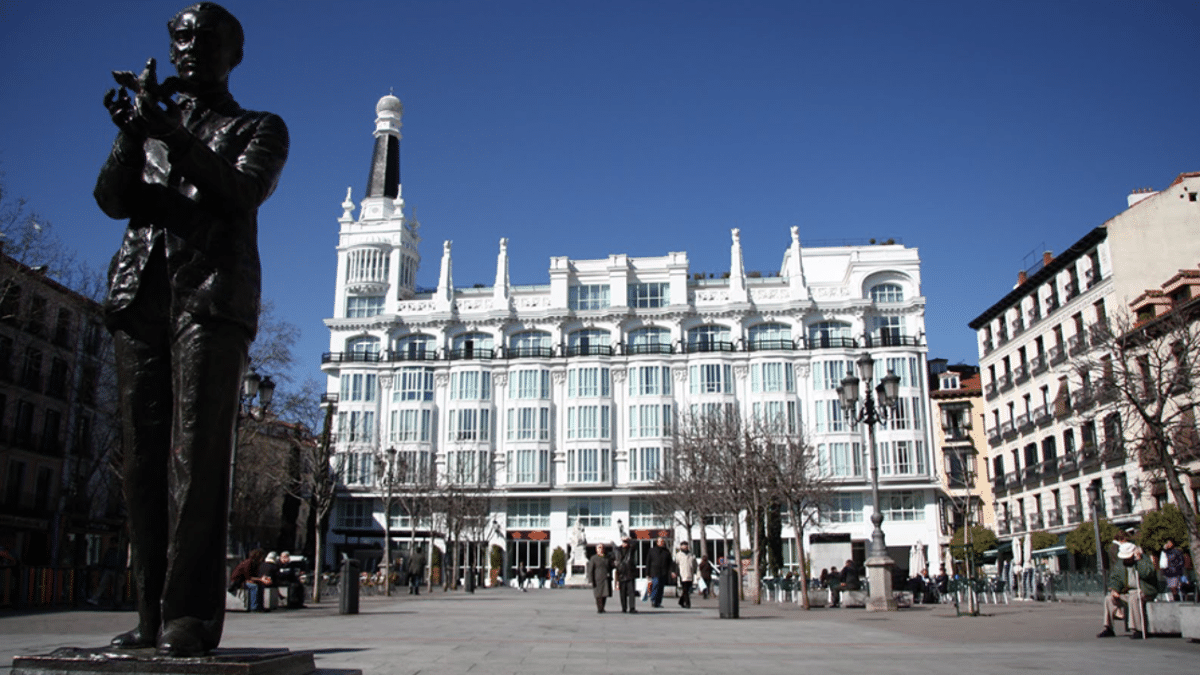
Image | Hostal Oriente
Next to the Madrid Art Triangle (Museo del Padro, Museo Thyssen-Bornemisza and Museo Reina Sofia) we find a neighborhood that breathes literature, the so-called Barrio de las Letras.
It receives this name because many of the great Spanish authors settled in it during the XNUMXth and XNUMXth centuries: Lope de Vega, Cervantes, Góngora, Quevedo and Calderón de la Barca.
Some buildings have survived from that time, such as the Casa de Lope de Vega, the church of San Sebastián or the Convent of the Barefoot Trinitarians (where the tomb of Cervantes is located).
With these writers also appeared the first comedy corrals such as El Príncipe (now the Spanish Theater), printers such as that of Juan de la Cuesta or the lieutenants of the comedians.
Later, in the XNUMXth century, prominent institutions such as the Royal Academy of History or the Madrid Chamber of Commerce and Industry (both sublime buildings) were located in the Barrio de las Letras. And in the following centuries the headquarters of the Madrid Athenaeum, the Hotel Palace and the Palace of the Courts, would arrive.
The Barrio de las Letras allows us to know the literary Madrid of the Golden Age, the era of splendor of the Spanish language. It is also a place to stop along the way to enjoy Madrid's gastronomy that ranges from the most traditional to the most innovative in the kitchen. The Barrio de las Letras is full of bars and restaurants with a lot of atmosphere.
Neighborhood of salamanca
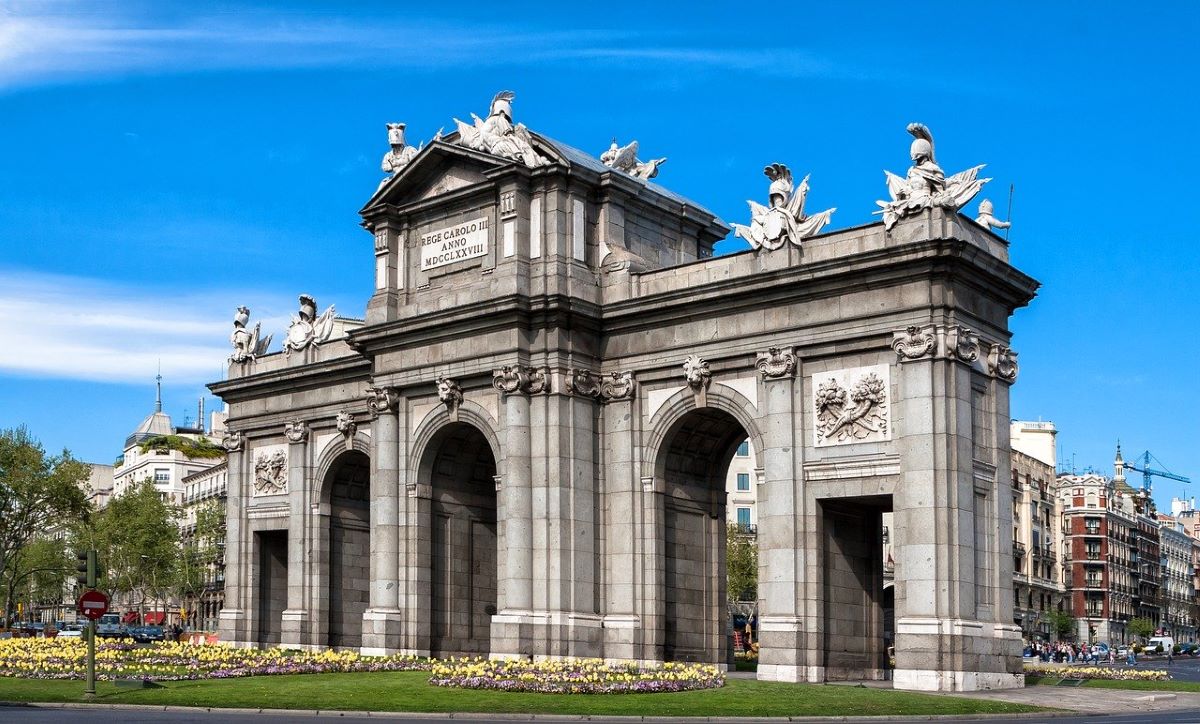
Image | Pixabay
It was designed as a residential neighborhood for the upper class of Madrid. On its land there are palaces, luxury shops, traditional businesses, exclusive restaurants, art galleries and all kinds of centers devoted to culture.
Streets such as Paseo de la Castellana and Calle Serrano, as well as Calle Ortega y Gasset or Príncipe de Vergara are a paradise for luxury shopping in Madrid. It is also a space for culture and leisure as it houses the National Archaeological Museum, the National Library, the Casa de América or la Árabe, the Cultural Center of China, the Lázaro Galdiano Museum or the Fernán Gómez Theater.
On the other hand, some of the most outstanding monuments in the Salamanca District are the Puerta de Alcalá, the statue of Christopher Columbus and Blas de Lezo, the Discovery Gardens, and the statue of Emilio Castelar. among others.
Malasaña
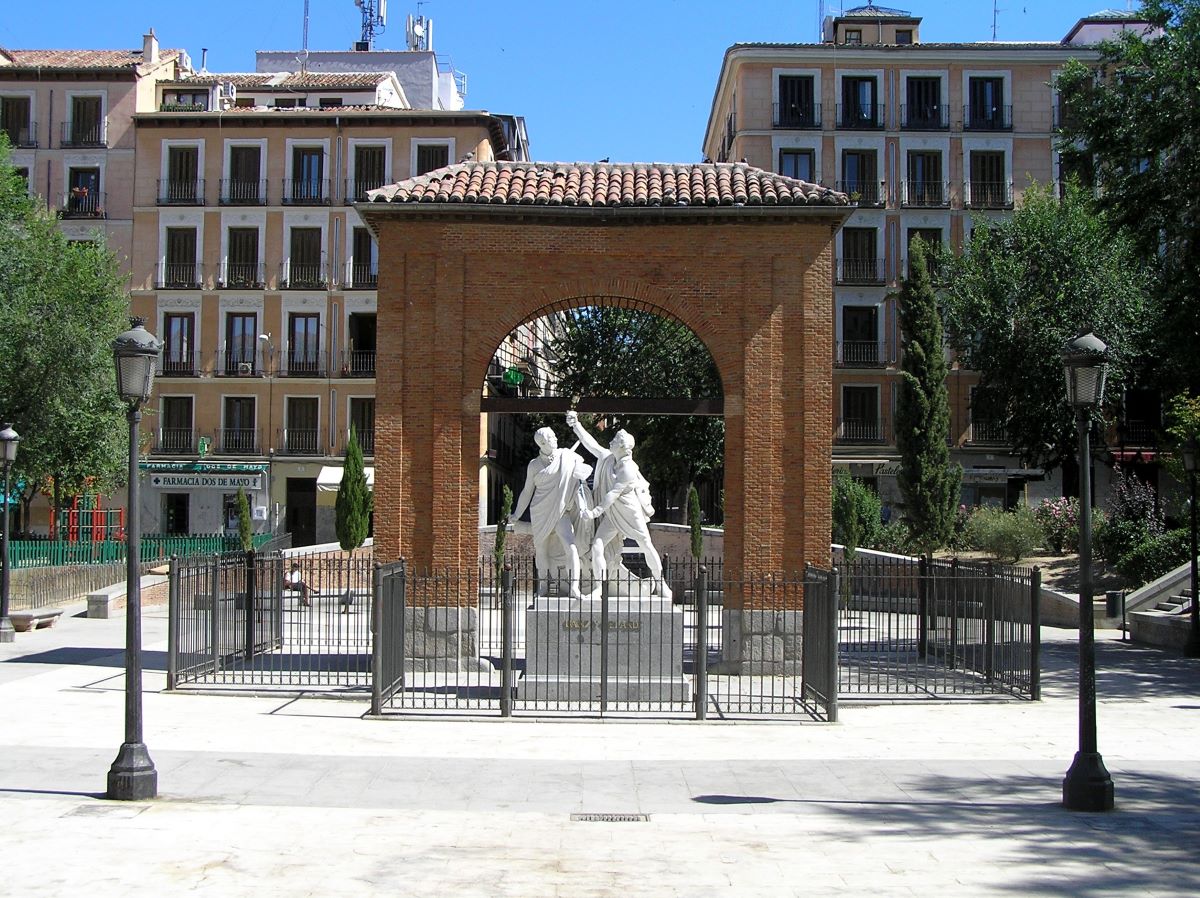
Image | Wikipedia
The cultural and social revolution that Madrid experienced during the 70s and 80s of the 2th century had its epicenter in the Malasaña neighborhood, a place flanked by Gran Vía, Fuencarral street and San Bernardo street that owes its name to the Madrid heroine who rose up against the Napoleonic troops on May 1808, XNUMX.
Today, Malasaña is the hipster neighborhood of the capital. A place where traditional bars and shops coexist with the most modern. A space for leisure, culture and fun in the heart of Madrid.